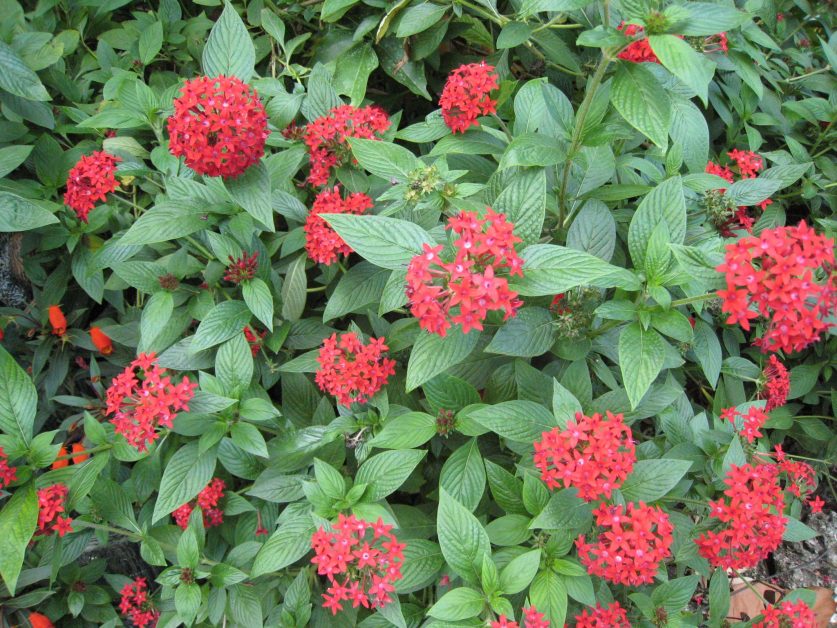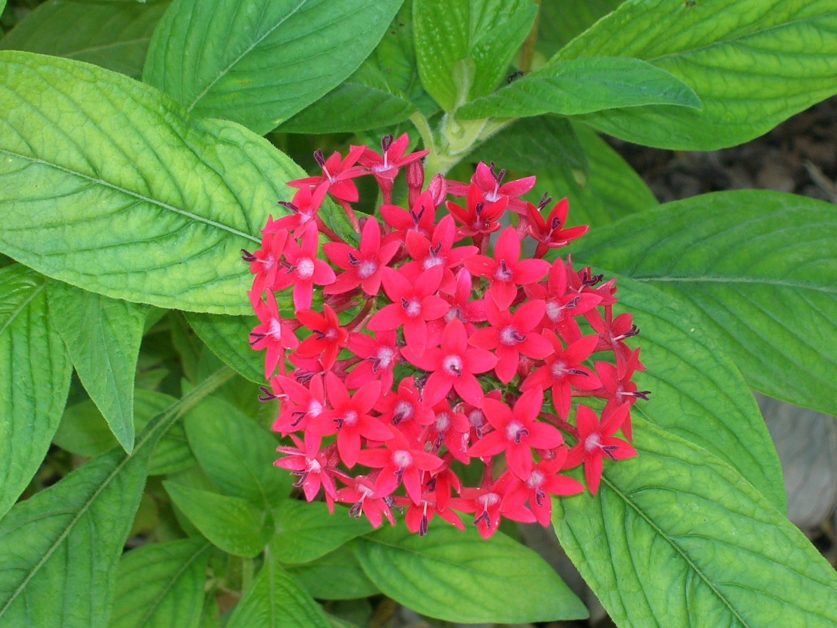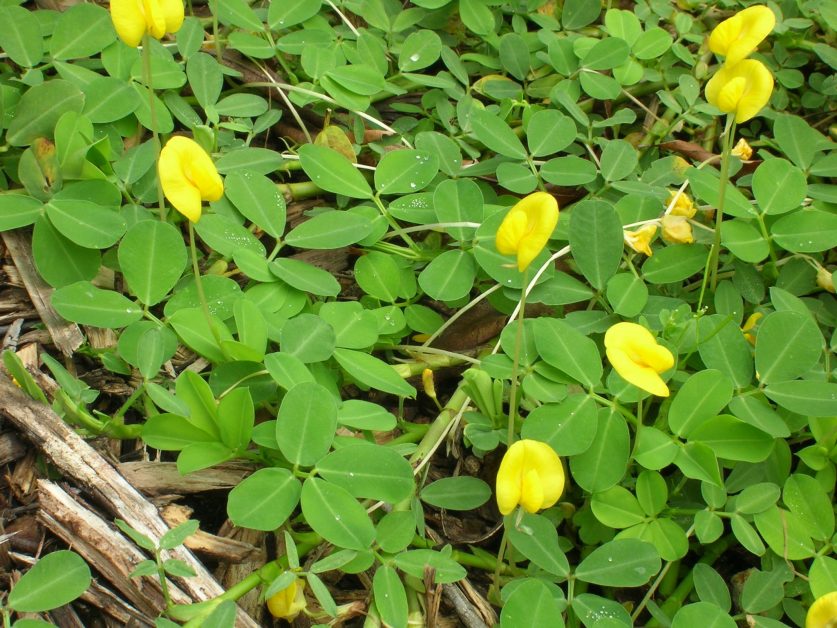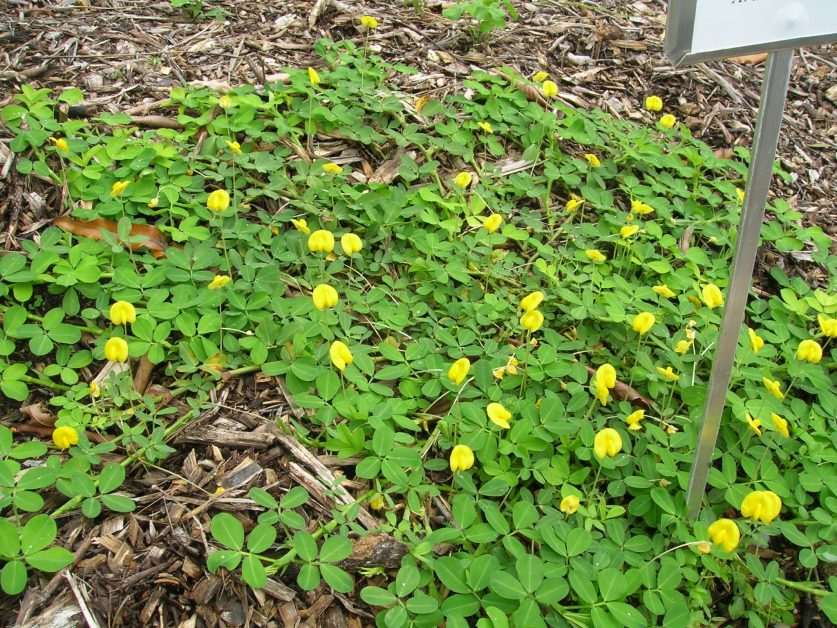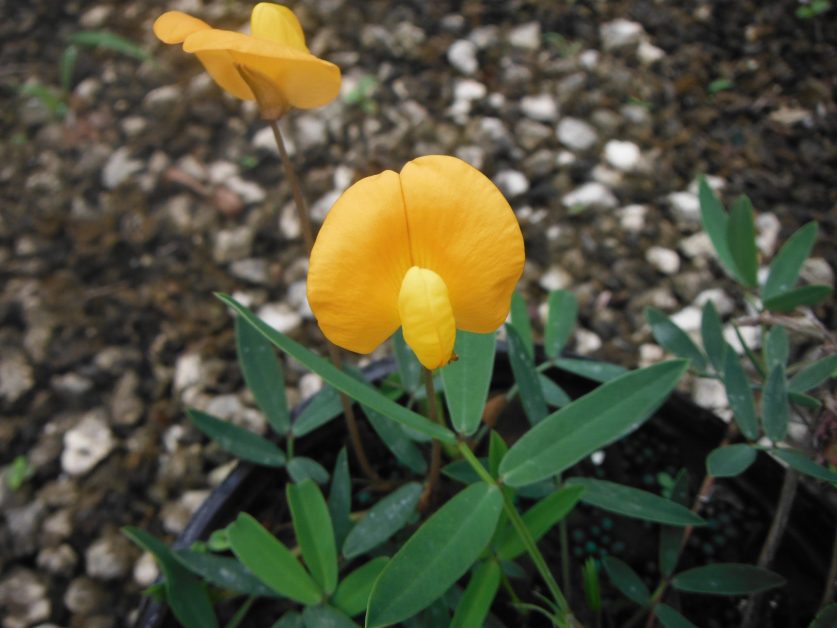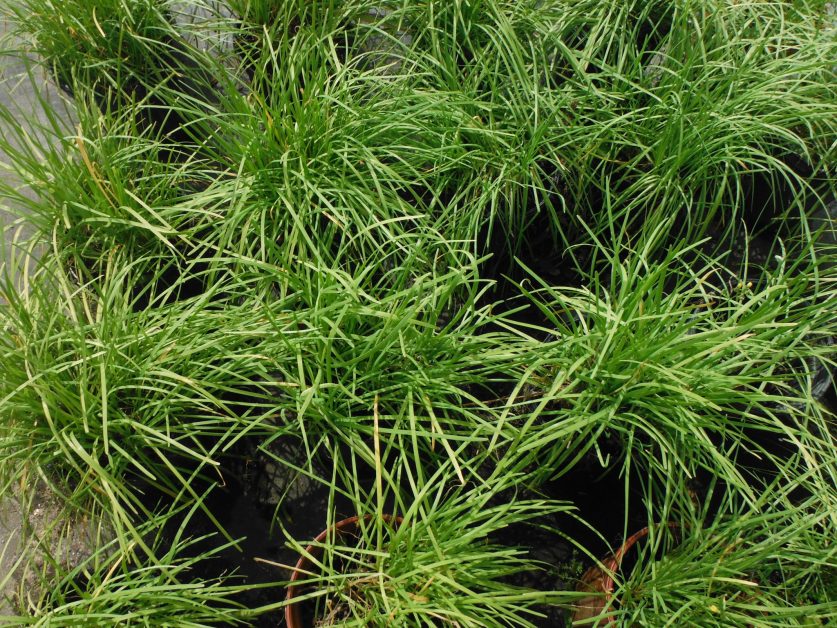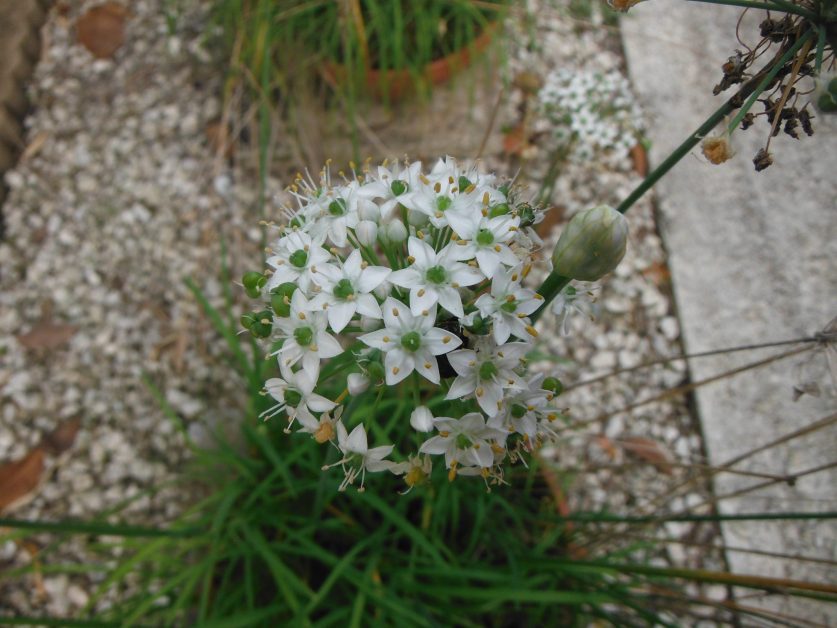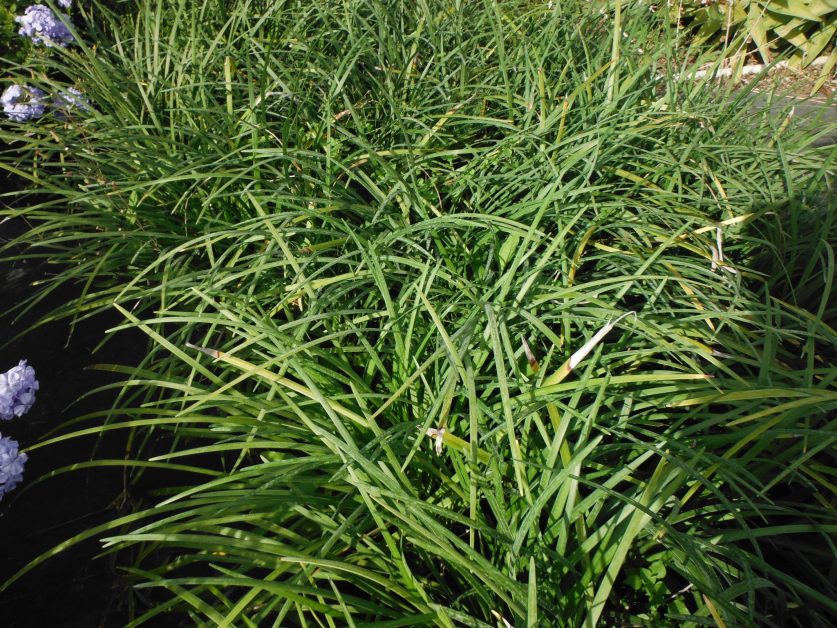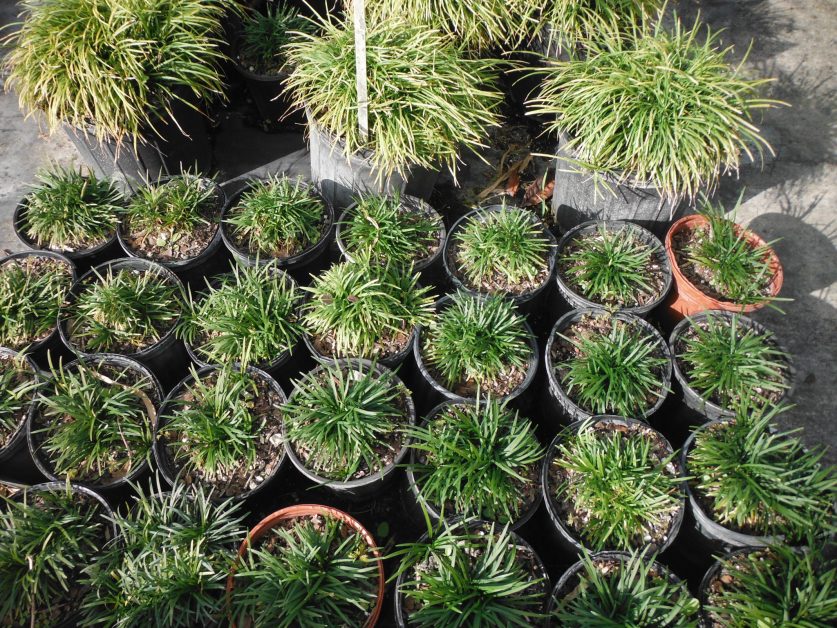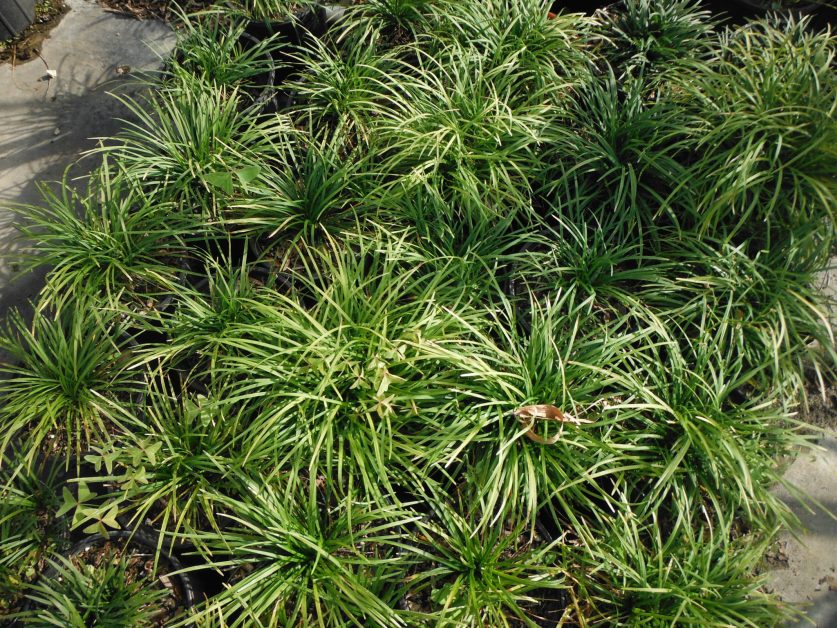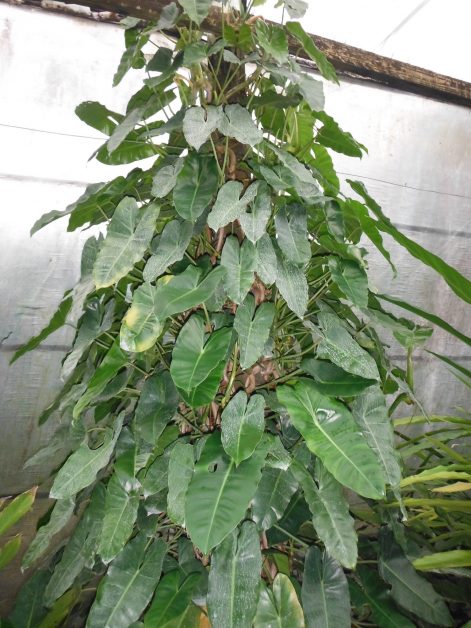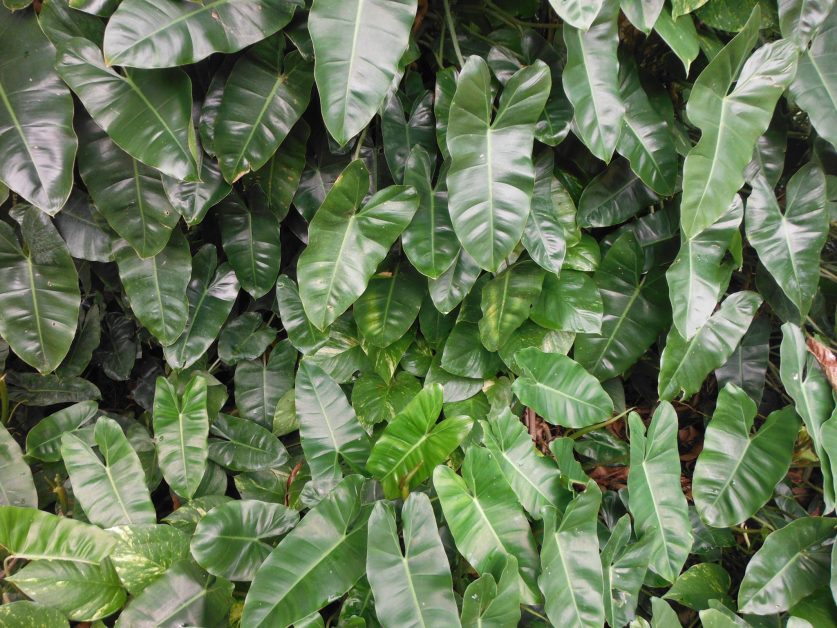Ground Covers You May Not Have Thought About, Part II
Pentas, Pentas lanceolata: If you want a ground cover that attracts both butterflies and hummingbirds, this species makes a great candidate. We here at Richard Lyons’ Nursery grow only the old-fashioned red, an important consideration in light of the fact that hybrid Pentas are not butterfly attractants. We prefer this species because it enhances our extensive collection of plants that appeal to butterflies. Probably native to Africa and southern Arabia, Pentas is a year-round bloomer and tolerates a variety of soils. Plant in full sun to light shade.
Perennial Peanut, Arachis pintoi and Arachis glabrata: According to Florida IFAS, in the nearly 80 years since this remarkable plant was introduced to the U.S. from Brazil, it has never suffered a significant disease, insect or nematode pest! And because it doesn’t reproduce via seed, it hasn’t demonstrated any signs of invasiveness. It makes a nice ground cover if you provide good drainage. Perennial Peanut bears edible, peanut-flavored yellow flowers on and off all year. And the plant is tough enough to tolerate salt spray and occasional foot traffic.
Red Barleria, Barleria repens: This herbaceous species, native to South Africa, makes a very nice ground cover in our part of the world when planted in a sunny exposure. It features glossy ovate leaves and deep red tubular flowers. It is tolerant of our alkaline soils and can be pruned hard from time to time to preserve a rounded apearance. For best results, provide a well-drained planting site. Red Barleria is considered cold-hardy into the upper 20s.
Garlic Chives, Allium tuberosum: See “Herbs for Summer Heat” (August 13, 2013) on this website.
Liriope, Liriope gigantea, and Mondo Grass, and Ophiopogon japonicas: See “Giant Liriope or Giant Lilyturf (Liriope gigantea) and Mondo Grass (Ophiogon japonicas)” (June 28, 2013) on this website.
Philodendron ‘Burle Marx’, Philodendron sp. ‘Burle Marx’: See “Looking for Shady Friends?” (July 12, 2013) on this website.
- Pentas lanceolata (Red Pentas)
- Pentas lanceolata (Red Pentas)
- Arachis pintoi (Perennial Peanut)
- Arachis pintoi (Perennial Peanut)
- Arachis glabrata (Perennial Peanut)
- Allium tuberosum (Garlic Chives)
- Allium tuberosum (Garlic Chives)
- Liriope gigantea (Lilyturf)
- Ophiopogon japonicus (Mondo Grass)
- Ophiopogon japonicus (Mondo Grass)
- Philodendron sp. ‘Burle Marx’ (Burle Marx Philodendron)
- Philodendron sp. ‘Burle Marx’ (Burle Marx Philodendron)
